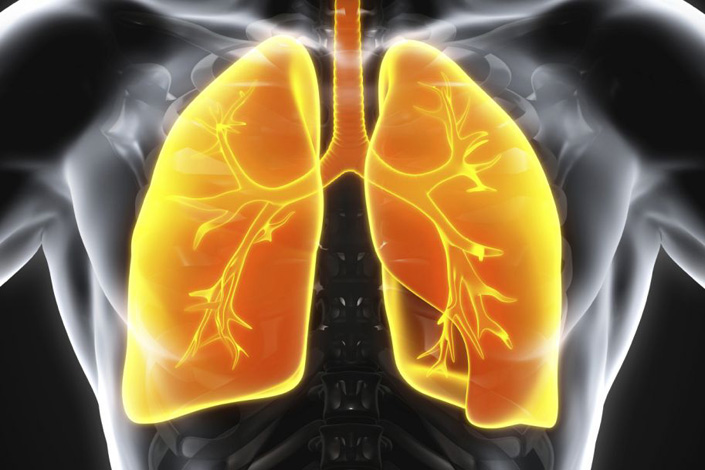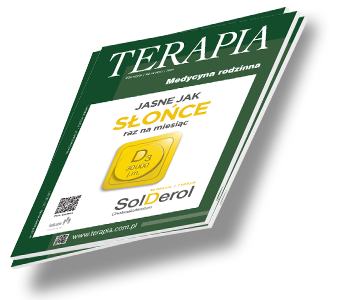Medycyna rodzinna Terapia 2024, 6 ( 437 ) : 8 - 14
Erdosteina – zastosowanie w stanach zapalnych górnych i dolnych dróg oddechowych u dzieci i dorosłych
Erdosteine – treatment of the upper and lower respiratory tract disorders in children and adults
1. Mechanism of action of Erdosteine: breaks disulfide bonds present in the proteins that make up the mucu.
2. Pharmacological action: leads to thinning and changes the flow characteristics of mucus on the respiratory epithelium (reduces mucus viscosity, elasticity and ability to adhere), significantly improves mucociliary clearance, reduces mucus volume, thereby reducing symptoms such as coughing or shortness of breath.
3. Additional effects of Erdosteine: anti-inflammatory effect, antioxidant effect and antibacterial effect.
4. The latest research indicates its beneficial effects in infections caused by the SARS-CoV-2 virus and in the prevention of respiratory viral infections in children if used early enough Erdosteine is recommended for the treatment of respiratory diseases in children over 2 years of age and adults. Erdosteine is recommended by the National Antibiotic Protection Program for the treatment of productive cough in lower respiratory tract infections and by CHEST in the treatment of COPD patients, as the only mucoactive drug.
Erdosteina jest prolekiem, jest to pochodna tiolowa stosowana w leczeniu chorób zapalnych układu oddechowego o różnej etiologii. Lek ten zawiera grupy sulfhydrylowe, które są uwalniane po przejściu erdosteiny przez wątrobę. Powstają trzy aktywne metabolity, które oprócz działania usuwającego wolne rodniki mają działanie mukolityczne.
Erdosteina jest lekiem na bazie tiolu, zaliczanym do środków mukolitycznych. Może jednak również działać jako lek przeciwutleniający, zakłóca szlaki zapalne prowadzące do rozwoju choroby, moduluje funkcje oskrzeli człowieka, ma właściwości przeciwzapalne, blokuje także przyleganie bakterii do komórek nabłonka dróg oddechowych.

Zaloguj się i przeczytaj bezpłatnie całą treść artykułu.
Nie masz jeszcze konta dostępowego?
Zarejestruj się bezpłatnie, a otrzymasz:
* dostęp do wszystkich doniesień oraz pełnych tekstów artykułów naukowych w naszej Czytelni,
* prawo do bezpłatnego otrzymywania newslettera "Aktualności TERAPIA" z przeglądem interesujących i przydatnych wiadomości ze świata medycyny oraz systemu ochrony zdrowia w Polsce i na świecie,
* możliwość komentowania bieżących wydarzeń oraz udziału w ciekawych quizach i konkursach.
Zapraszamy serdecznie, dołącz do naszej społeczności.



Dodaj komentarz